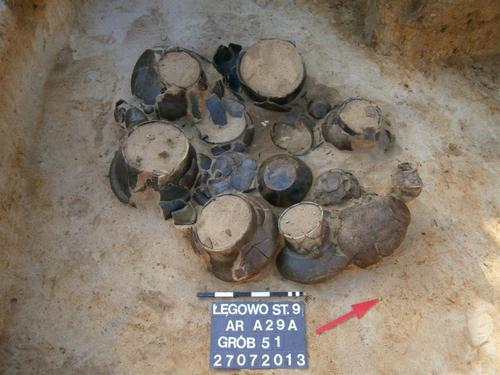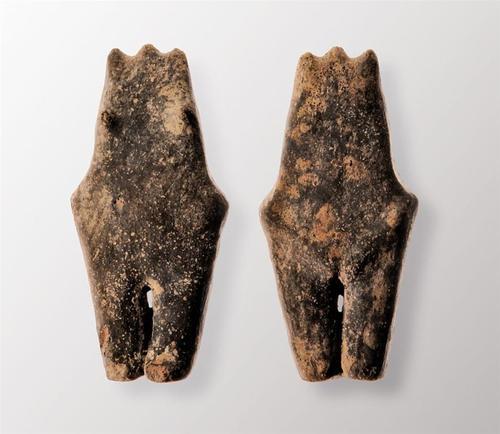More from the Mazovian centre of Iron production.
Excavations at Kanie (Mazovia Voivodeship) in Poland have uncovered the second largest centre of iron production in this area, dating back 2000 years. Finds that were of greatest interest to the archaeologists were a timber well of unusual design, a number of bloomery furnaces for smelting iron and according to the researchers, the site fits well into the pattern of other known ironworks settlements located in the Błonie Plains. The site also increases further understanding of mass production of iron in the territories inhabited by the Przeworsk culture which is part of a Polish Iron Age archaeological complex that dates from the 2nd century BCE to the 5th century CE. Robert Wereda of the Museum of Ancient Mazovia Metallurgy in Pruszków explained “We found 22 furnaces filled to varying degrees with slag and residue and intense black burn, and two half-dugouts, which contained numerous pottery sherds”The article devotes some attention to the unusual construction of a well from the site.
The site also contained 22 structures used in the smelting of iron. The furnace type was called a bloomery and consisted of two parts: upper – a pit or chimney, approximately 2 m high with an opening at the base where slag was collected. Experiments have shown that each bloomery would take 200 kilogrammes of iron ore, which could be brought up to a temperature of 1200° C using charcoal. Settlements such as this one were producing industrial quantities of iron for a variety of purposes and as such this specialised village would contain all the stages of metallurgic processes with clay and iron ore sources close by. Blacksmith workshops, bloomery furnaces and wells are normally all found together at these workshop settlements. Currently in the Mazovia region archaeologists have located 238 within a relatively small area of only 300 square kilometres. Excavations prior to new water supply system The archaeological work preceded the construction of the water supply system. Excavations were headed by Dorota Słowińska from the Stefan Woyda Museum of Ancient Mazovia Metallurgy in Pruszków.Source: PAP – Science and Scholarship in Poland www.naukawpolsce.pap.pl




